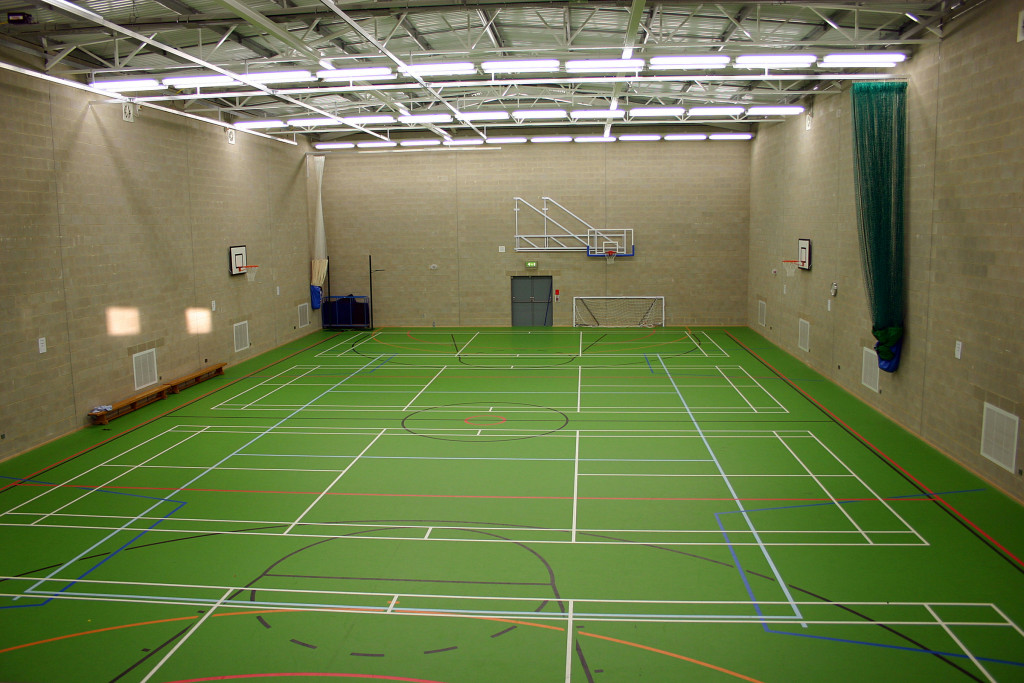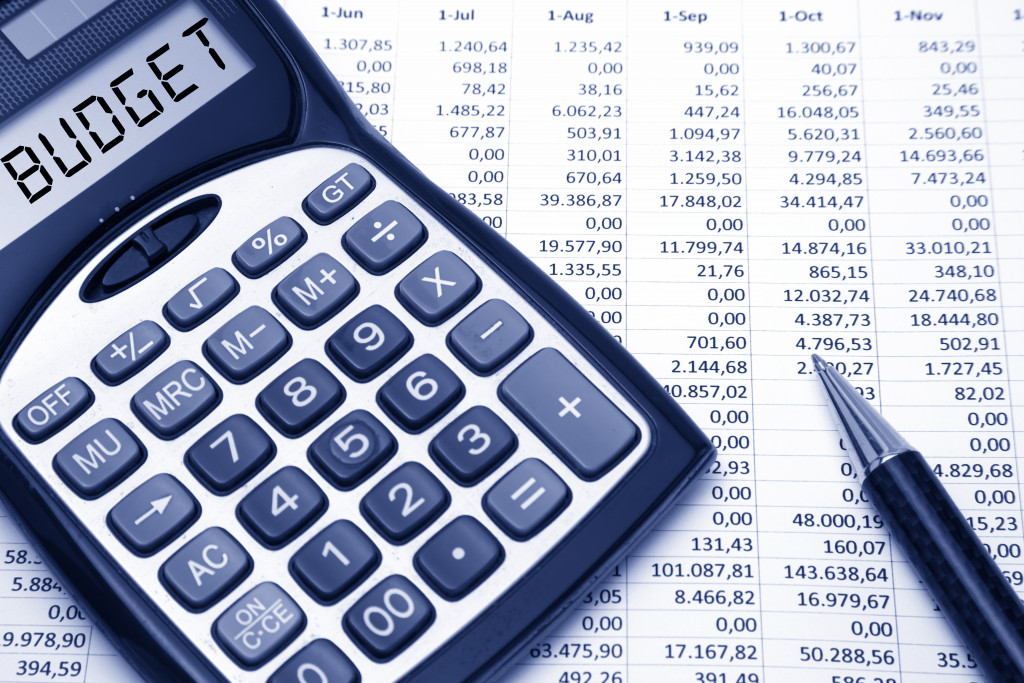- Select the suitable surface material to enhance performance and functionality for your chosen sport.
- Proper design and layout optimize space, impacting usability and the overall sports experience.
- Regular maintenance preserves the sports surface’s longevity, requiring cleaning, brushing, and resurfacing activities.
- When building a sports facility, consider sport-specific factors to meet performance expectations and playing surface standards.
- Building a sports surface costs vary; hence, proper budgeting and professional services are essential.
Maintaining physical fitness is crucial for a well-rounded lifestyle. Regular exercise offers numerous benefits that contribute to overall well-being.
A dedicated sports surface at home can significantly enhance progress for those committed to their health and fitness. However, achieving the perfect sports surface requires careful planning, deliberation, and precise execution.
Designing an ideal sports surface involves understanding fitness enthusiasts’ specific needs and preferences. Factors like exercise types, impact absorption, and surface longevity should be considered. By evaluating these aspects, individuals can optimize their fitness journey with a tailored sports surface.
Proper execution is crucial in building an ideal sports surface. Attention to detail is critical, as every aspect, from materials to installation techniques, affects performance and durability.
In this blog, readers will be guided through creating a well-designed and functional sports surface that meets their needs.
Choosing the Right Sports Surface
Before starting to plan the sports surface, it is essential to determine its purpose. The purpose can be installing a sports surface for tennis, basketball, or a multipurpose surface. These are some ways to effectively plan and design the ideal sports surface for your needs:
Selecting the Surface Material
Choosing a suitable surface material is crucial for a well-performing sports surface. Clay or grass allows for consistent ball speed and bounce for a tennis court. Concrete or asphalt is the better option for a basketball or multipurpose court with its durable and smooth surface.
Design and Layout
Once the suitable surface material is chosen, the next step is designing and laying out the sports surface. Proper layout and design will help optimize the space and maximize its usability. Determining the size, markings, and color schemes can significantly impact the sports experience.
Surface Maintenance
Regular maintenance is essential to keep the sports surface functional and visually appealing. This includes cleaning, brushing, and repairing any visible damage. Neglecting maintenance can compromise the surface’s integrity, resulting in costly repairs later on.
Building the Dream Sports Surface
Now is the ideal time to start building your dream sports surface. You can create a facility that inspires athletes and spectators by selecting suitable materials. There are several steps involved in this process, which will be discussed in the following:
Excavation
The first step in any construction project is excavating the ground, which involves carefully removing soil and debris to create a solid foundation. This process is crucial as it allows for the identification of any potential obstacles or underground utilities.
Site Preparation
Before construction begins, the site must be meticulously prepared to ensure an optimal foundation for the long-lasting and functional sports surface. This involves thoroughly clearing vegetation and leveling the ground to achieve a precise gradient.
Construction Process
The construction process begins after the site is suitably prepared. Experienced professionals handle this process to ensure the sports surface meets the specifications. It is crucial to install proper drainage systems, providing water does not collect on the surface.
Sport-Specific Considerations
When building the dream sports surface, it is essential to consider sport-specific factors that impact performance. These include the suitability of the surface material, marking dimensions, and overall design.

Maintaining and Resurfacing the Sports Surface
After setting up the sports surface, regular maintenance and resurfacing are essential for its longevity. This prevents weather-related or wear-and-tear damage. Here are some tips for maintaining the sports surface:
Regular Maintenance
Regular maintenance is crucial for preserving the longevity and functionality of sports surfaces. To achieve this, it is essential to implement a routine that involves regular cleaning, brushing, and resurfacing.
Recognizing Signs of Wear
Even with regular maintenance, no sports surface can withstand the test of time indefinitely. Over time, signs of wear and tear become apparent, necessitating the need to carefully evaluate when it is appropriate to resurface or entirely replace the surface.
Tennis Court Resurfacing
Professional tennis court resurfacing is an essential and significant maintenance task that should always be noticed. Over time, wear and tear can diminish the court’s appearance and functionality, impacting the tennis-playing experience.
Resurfacing the court every five to eight years brings transformative improvements.
Costs and Budgeting
The costs of building a sports surface vary significantly, depending on the surface material, design, and size. Engaging the services of experienced construction professionals will guarantee a well-designed and functional consistency that caters to specific needs.

Creating the ideal sports surface can turn a home into a personal fitness center. It offers the convenience and flexibility of exercising at home while physically active.
Following the steps above and working with experienced professionals, you can have a well-designed sports surface tailored to your needs.